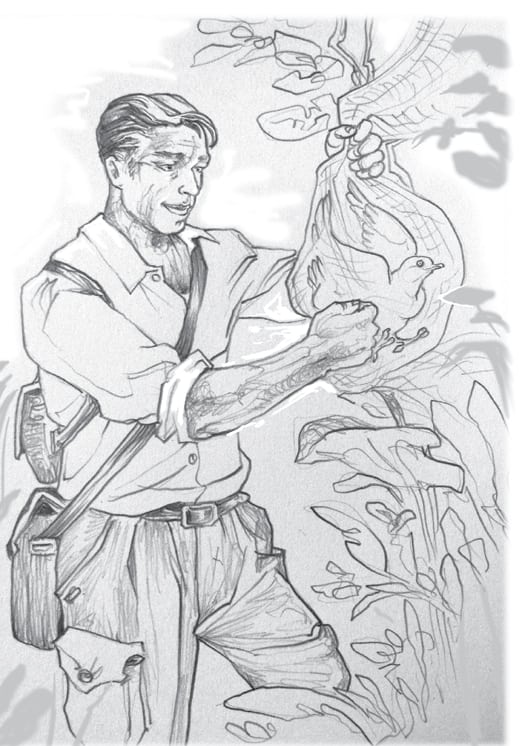Edward Pritchard Gee was a British naturalist and tea planter, who lived and worked in Assam, India. Gee travelled extensively through the jungles, protected reserve forests and wildlife sanctuaries of India. He observed, recorded and photographed various species in their natural habitat and published many articles on them in different volumes of the Journal of the Bombay Natural History Society. He was a member of the Indian Board for Wildlife from 1952 and was also its eastern regional secretary for many years.
Apart from being a keen naturalist, Gee was also a passionate wildlife conservationist. This led him to document and survey the status of several endangered animals in India. For instance, in 1946, he undertook what may have been the first survey of the status of Indian wild ass (Equus hemionus khur), across the Little Rann of Kutch. His objective was to assess the status of the wild ass after a mass die off from a mysterious disease. He also visited the Maharaja of Rewa to study his captive white tigers. He wanted to confirm if they were indeed rare white tigers or albino. Gee was of the opinion that a rare or endangered mammal could be bred in captivity and later distributed to different regions in order to save it from extinction. His most significant achievement was the discovery of the golden langur (Presbytis (Now Trachypithecus) geei) in the Manas Wildlife Sanctuary in the northern part of Assam, close to Bhutan border. This remains the only population of golden langurs to be found in India.






